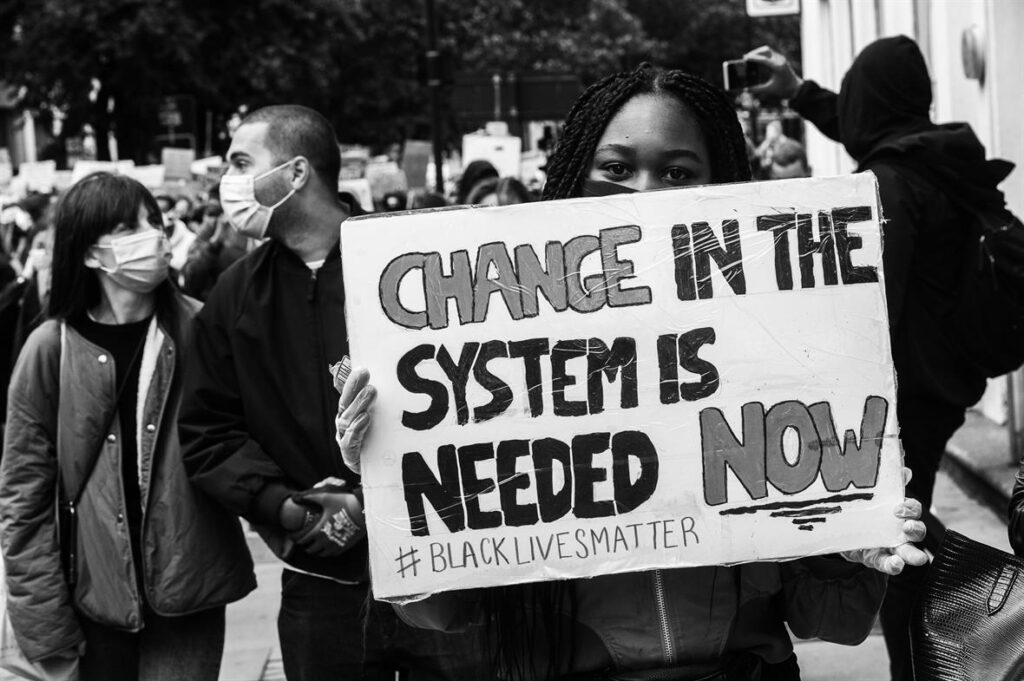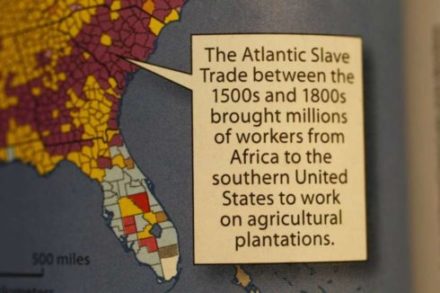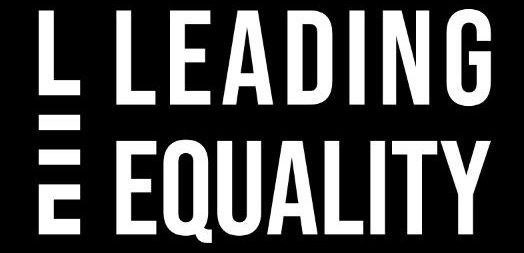Intersectional Barriers that maintain institutionalised racism and prevent community cohesion in schools

There is a general assumption that merely encouraging people to mix in an urban context will result in positive interaction and community cohesion (Hemming, 2011:65). This certainly does not work in a school context. Moreover, there are systemic and institutionalised barriers that prevent inclusion and multicultural community cohesion in schools in England. This section will identify significant barriers that impact community cohesion and integration within multicultural and disadvantaged, urban secondary schools in England.
Policy and Government
In 2013, the government institutionalised policies relating to community cohesion, which became a statutory duty for schools in England Jones (2013). However, there was a lack of policy framework available for long term community cohesion strategies (Engel, 2013). This gave schools the autonomy to set their own priorities and strategies relating to community cohesion (Engel, 2013). This has led to community cohesion policies being interpreted in different ways, depending on the school context and in some cases, even saw an increase in social segregation due to the interpretation of the broad guidelines. Some examples of poor interpretation of community cohesion policies that have a negative impact on learners are; Community cohesion policies being used as a platform for social advantage, where some ethnically diverse schools who sought to attract white middle class parents for a multicultural ‘experience’, without doing anything to combat social inequality actually contributed towards social segregation within their schools (Kirkham, 2016); schools failing to manage issues of diversity, identity and social cohesion (Rhamie, 2012); and ineffective induction and integration of migrants into the school population (Lumby, 2016).
On a macro level, policies that relate to community cohesion need to be clearly distinguished so the data is comparable and measured for their success (Runnymede, 2018). Community cohesion policies being driven by a minimalist interpretation of requirements (Wilkins, 2014) have not led to any changes in the functioning and daily realities of the school (Gillborn, 2008). This resulted in a legacy of community cohesion policies being a low priority on a micro level within the school. The success of community cohesion practices is now reliant on individual schools’ equality, diversity and inclusion policies and how these are implemented by the practitioners within the school (Engel, 2013).
Ofsted
Ofsted is a neutral professional body used to regulate care and education for young people (Mogra, 2016). In 2008, it began to inspect schools’ contribution towards community cohesion. The assessment criterion focusing on community cohesion was integrated into OFSTED school inspections. This only lasted until 2010, as it was decided by parliament that they will no longer inspect community cohesion (Engel, 2013). Instead, there is now a focus on how equality and diversity is implemented within the school.
The term ‘Community Cohesion’ has been removed in the latest Ofsted school inspection handbook, although practitioners still have the duty to promote community cohesion within their schools. The focus is now on equality and diversity for those with protected characteristics within the school and the wider community.
Wilkins’ (2014) study argues how Ofsted have failed to use performative accountability layers to address race equality issues. Recommendations were suggested for Ofsted to define inspections guidelines, restore their impartiality within educational matters (Mogra, 2016) and to revise the Ofsted guidance for inspection relating to equality and diversity (Wilkins, 2014) to cater more towards multicultural communities
The Curriculum

The National Curriculum (NC) is a framework consisting of a range of subjects and assessment criteria used in primary and secondary schools to enable continuity (DfE,2018). It was introduced during the conservative administration, under Thatcher’s government. It is argued that schools are still influenced by neo-liberal discourse which has a negative impact on educational structures (Saltman, 2014). Similarly, Peters (2015: 643) identified that the curriculum is racialised as white was fundamental to the development of capitalism. Neoliberal approaches to education have resulted in the reduction of a diverse curriculum (Saltman, 2014). This has resulted in a restrictive assessment and framework that does not meet the needs of all learners (Lumby, 2016)
There is currently a lack of anti-racist education – a program designed to eliminate the clarification of people based on skin colour (Peters, 2015) and culturally inclusive diet within the national learning activities within the NC, which is fundamental to combatting racist attitudes, consequently having a negative impact on Community Cohesion.
The NC is framed in an anglocentric perspective where ‘victors’ have written the history and defined the narrative (Richardson, 2007). Text books used to support topics within the curriculum are primarily written by white publishing companies such as NCS Pearson and McGraw Hill Education, who have been accused of normalising a white ethnocentric narrative (Saltman, 2014; Peters, 2015; Gillborn, 2008).

For example, McGraw Hill Education have been recently accused of downplaying slavery by reinventing the narrative that African Slaves were ‘agricultural workers’, implying that they were migrants benefiting from the economy (Dart, 2015). This is an example of the ‘racial erasure’ described by Bain (2018:14) which includes the erasure of white racism within the curriculum by the elimination of non-white contributors and whitewashing atrocity.
Over 61% of secondary schools in England have become acadamised (Local Government Association, 2017), therefore they do not have to follow the NC. This gives Academies the potential to modernise the curriculum to reflect the global population of the school. This will eventually develop an inclusive ethos of learners understanding a range of different cultures that, in theory, will increase positive relations and community cohesion within the school. With a range of different cultural backgrounds and nationalities in England, it is essential for the curriculum to reflect global society and to relate to the increasing global audience.
The NC is content driven and is therefore harder to accommodate those from a BAME background (Lumby,2016). However, there have been changes in the NC as an attempt to reflect the changes in society. These changes are described as ‘tinkering’ by Hayden (2013) – used as ‘bolt-ons’ to the curriculum such as; citizenship (Pike, 2007); British Values agenda (Rhamie, 2012); and the controversial Prevent strategy (Alam, 2013) – all designed for BAME learners to assimilate to British ideals, rather than a dynamic reform to cater for the global community.
Hayden’s (2013), comprehensive review on the international school’s curriculum concluded that International schools could be used as a bench mark for a curriculum reform to reflect society and ensuring Global contributors are present in each subject. This is a long-term solution that needs to be made on a macro level for a dynamic and inclusive global curriculum to foster genuine positive community cohesion within the school environment. On a Micro level, Schools could integrate multiple perspectives to topics within the NC to make it more inclusive for BAME learners and examine the curriculum to ensure that whiteness is not the norm (by) which everything is measured (Lumby, 2016:117).
Staff representation
There are various challenges associated with staffing that affect community cohesion within schools. When a school has predominantly white staff and white students, it tends to take longer for them to embed equality and diversity into all aspects of the school (Richardson, 2007); 20% of teachers employed in the most disadvantaged schools leave each year, as opposed to 15% of teachers within the least disadvantaged schools (Allen, 2018). Consequently, this leads to high staff turnover that impacts student attainment and any progress made towards cultural inclusion.
BGM teachers are vastly underrepresented as practitioners in all levels of education in the UK. Within a secondary school context, latest published Figures have revealed that only 6.9% are in a leadership position and 13.5% in teaching roles (DfE, 2016), including teaching and leadership positions (Lumby, 2016). Nationally, 30.3% of pupils are from a minority ethnic background (DfE, 2017). Correspondingly, there is a discrepancy between a large amount of BAME learners and a small amount of BAME teachers which is a concern, as BAME learners need BAME role models to break through the ‘concrete ceiling’ and challenge cultural negative stereotypes of BAME staff being in subordinate roles within schools (Lumby, 2007). This is due to poor retention rates and the lack of BAME teachers joining the profession (Wilkins, 2014).
On the contrary, from a macro perspective it may be perceived as problematic if the ratios of BAME staff did reflect BAME students, due to the threat of minorities representing a challenge to majority traditional values within a Neoliberal framework that has been designed to sustain inequality (Gillborn, 2008; Mogra, 2016).
Residential Segregation
New migrants are often sent to community housing and developing migrant hotspots that are predominantly located within disadvantaged, working-class communities (Finney, 2009). During 2017 there was an increased level of migration into Europe and a growth in BAME learners who now equate to 32.1% of pupils in Primary schools and 29.1% in secondary schools in England (DfE, 2017). This has had a direct impact on school choice and has increased the influence of ‘white flight’, a term used by Hemming (2011) where white parents opt out of schools that have a high population of migrant children and children with EAL (Lumby, 2016).
This has resulted in schools that have a large cohort of EAL students and migrants being viewed as undesirable, whilst mono-ethnic schools with a high white population have become oversubscribed as discussed by Lumby (2016). In some cases, schools have the opportunity to select the highest attainers, further discriminating against migrants and this has a clear negative impact on community cohesion (Lumby, 2016)
However, some schools are now promoting multiculturalism as ‘commodity or beneficial resource’ (Kirkham, 2016: 385). Kirkham (2016) investigates the multiculturalism trend and researches a school, that actively seeks to track white middle-class parents who want a diverse multicultural education to gain a reality of the future of living as global citizens.
Social economic
Class and race are intersecting characteristics that influence community cohesion. In the previous section, we discussed how and when the BAME school population increases, the white middle-class population decreases (Keddie, 2014). Therefore, migrant learners are often segregated with children from disadvantaged backgrounds (Runnymede, 2018; Lumby, 2016).
Social economic background is another barrier that impacts positive relationships and cohesion in areas that have long term unemployment and have a high risk of economic marginalisation and social exclusion (Flint, 2008).
Mcghee (2006) argues that community cohesion strategies outlined by government focus on the improvement of race inequality and integration of new migrants, which has taken precedence over, and excludes, existing white disadvantaged host communities in England. Subsequently, causing hostility that negatively impacts community cohesion. As a result, schools are at risk of concentrating solely on ethnic diversity and excluding class diversity (Kirkham, 2016), this is where tensions between schools and beliefs of parents could clash causing social segregation.
To improve this injustice, Lumby (2016:61) suggests how schools can start to analyse the degree to which segregation by socioeconomic class and other intersecting characteristics are present in the school. This would be a suitable start to devise a long-term solution for positive community cohesion.
2.5 Summary and Emerging Issues
To conclude this section, the study of literature relating to institutionalised barriers relating to community cohesion has revealed that:
Macro Level
- Historically, the political system in England maintains the power and resources that has a rhetoric of ‘white ignorance’ that contributes to white benefit and non-white disadvantage (Bain, 2018:10), therefore it was not designed to support multicultural England.
- Government initiatives focused on community cohesion and inclusion have ultimately led to intersecting systematic inequalities that has compromised policies designed to integrate multicultural communities.
- Policies designed to manage Multicultural communities within schools have been subject to interpretation of the policies that have a colour-blind undertone (Lumby, 2008), concealed under the veneer of government requirements.
Micro Level
- Schools need to create more opportunities that aid community cohesion and positive relationships between different cultural groups and need to further investigate equality, diversity and social justice within secondary education.
- Barriers: to community cohesion within the school include lack of framework from the government, (Runnymede, 2018; Gillborn, 2008 the removal of community cohesion in the Ofsted assessment framework (Mogra, 2016; Wilkins, 2014); anglocentric colour-blind curriculum within schools (Lumby, 2016), under-representation of BAME staff (Richardson, 2007) , issues relating to residential segregation within inner city areas (Kirkham, 2016) and social economic marginalisation (Richardson, 2007).
- A cultural approach within schools, by focusing on equality and diversity that will result in positive community cohesion, so all community groups are supported within schools (Lumby, 2016).
(All citations can be found in the bibliography)
